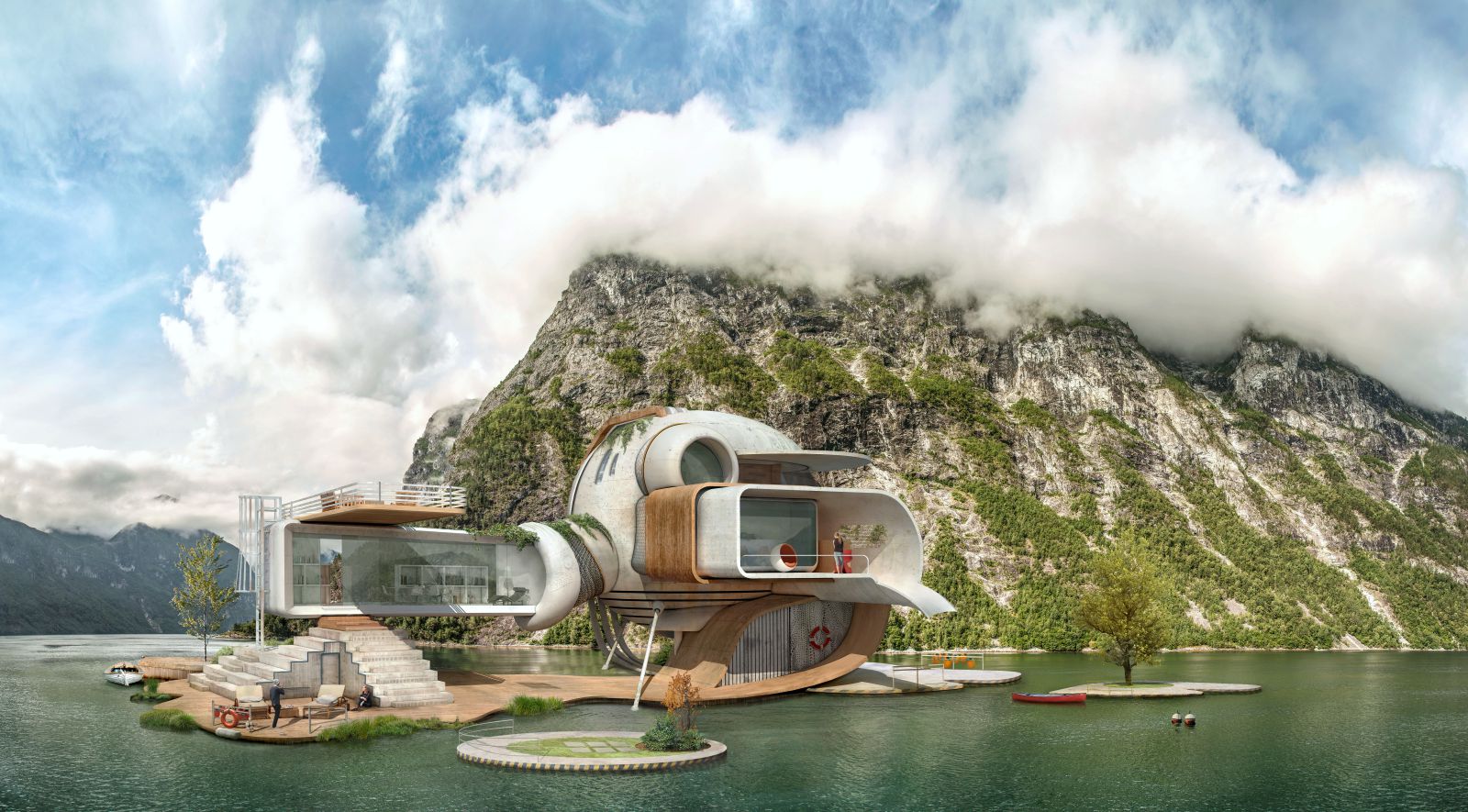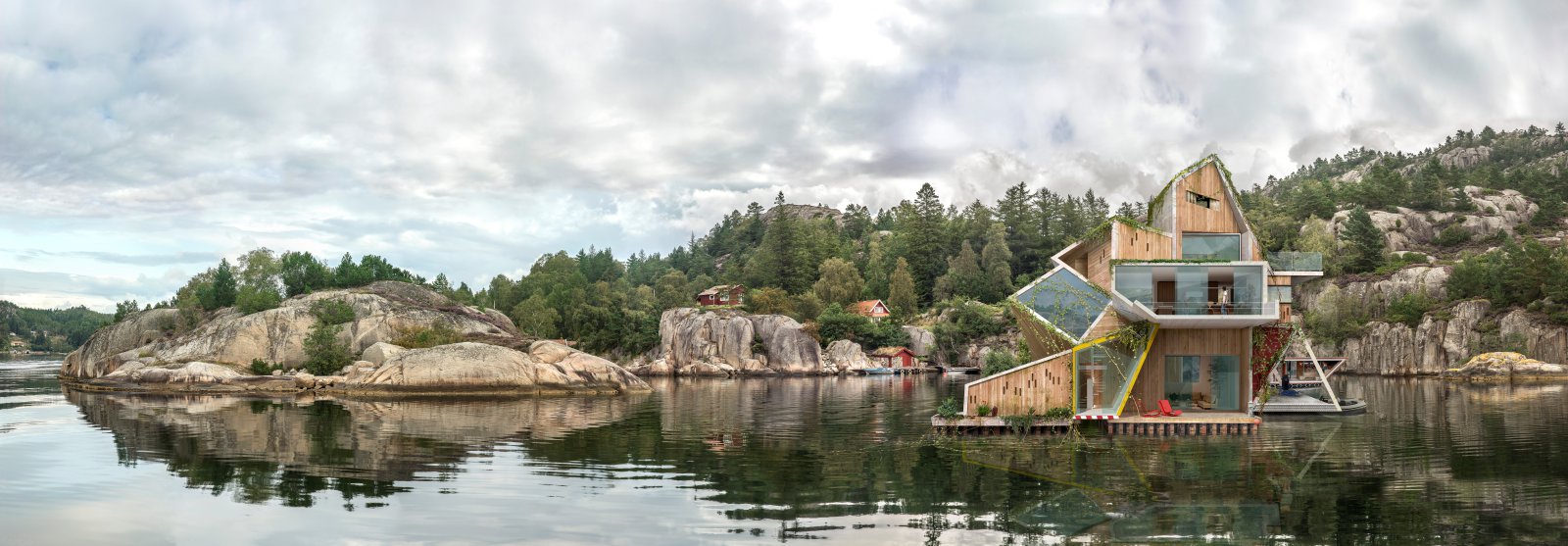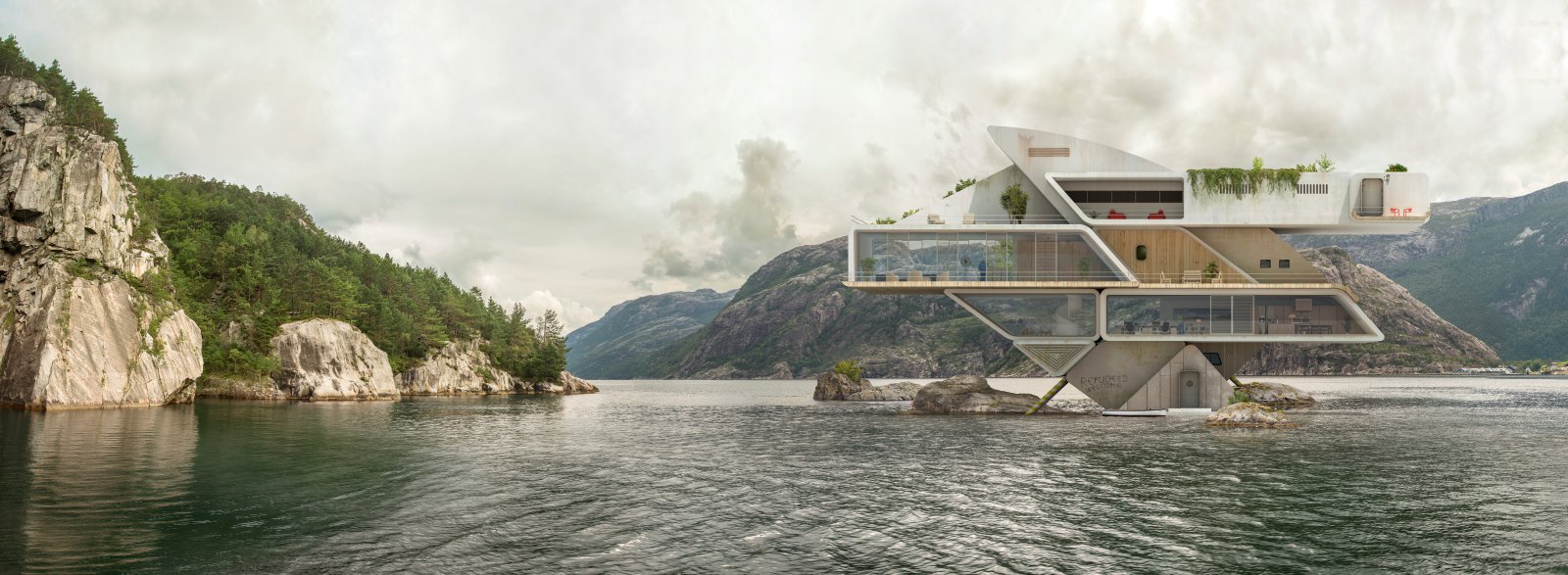Ludwig Wittgenstein in Norway in 1914 sketched and planned the construction of a wooden house on the steep shore of Lake Eidsvatnet in Skjolden, beside the Sognefjord, about a mile away from the village. In that small space, on a slope, Wittgenstein had found the tranquillity he needed to work ascetically, like a hermit, on his studies of logic.
After deciding on the location in which to “ensconce” himself, in order to disappear and concentrate on the work of thinking and contemplation, he built a house and a small jetty. To access it, one had to cross the lake by boat or walk over the ice during the winter months. It was built on a stone platform – typical of local architecture – and in wood, with horizontal planks, a slate roof and rooms at different heights; one of its façades was asymmetrical.
This way of building from withdrawal with the purpose of study and observation is the manner in which Wittgenstein sought the feeling of flight from the world, deviation towards somewhere – another way, nowhere/nobody. It is an apparent construct, an unfenced extension in the midst of unlimited space and analgesic cold.
The flight is crystallized through the harsh winter, through the snowy scenery and the clear, biting air. The literal or symbolic journey undertaken frequently runs between mountain ranges and among fronts of admonitory clouds with barely any breaks in them, like ripped curtains above the rocky peaks.
Only winter, the season indicated by the north wind, the white, virgin edge of the north, where the snow blankets the earth and the animals go into hibernation, shows the runaway which slope can be used to cross the wintry, inflamed solitude. This series, Wittgenstein´s Cabin, analyses that early structural plan of architecture, the cabin.
Today, still, unaffected, genuine concepts operate on wooden houses, relating them to late romantic objects which project debates surrounding singularity and frankness. Surrounding unornamented, essential states where one lives in severe, spartan order, in more direct contact with the natural environment and in relation to subsistence and time for reflection.
Wood constructions and wooden interiors in themselves act as insulation, unlike what occurs withother materials. The possibility of increasing these values with greater ease than in traditional systems, and with a smaller loss of useful surface area, means wood is widely used as a building material in countries with extreme climates.
The acoustic properties of wooden houses are excellent, as wood absorbs any waves it receives. The wooden house is a silent house. The walls of Heidegger’s cabin in the Black Forest were (are) cladded in wood shingles. Heidegger always intimated that philosophy transmuted the landscape into words through it, almost without intermediaries, as the sole shift and process between euthymia and space. Source and images Courtesy of Dionisio González.









